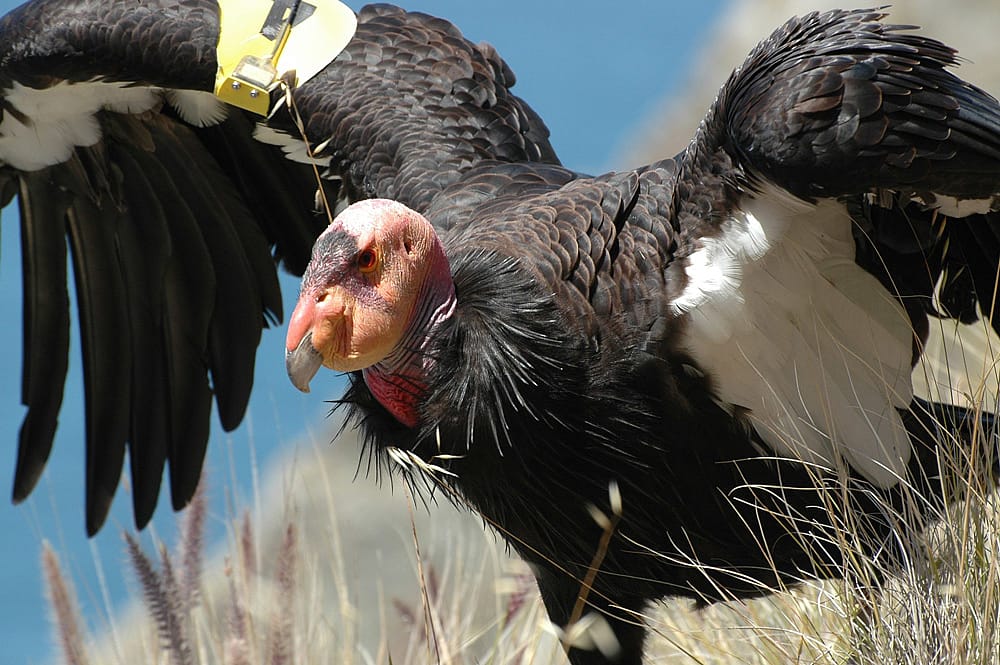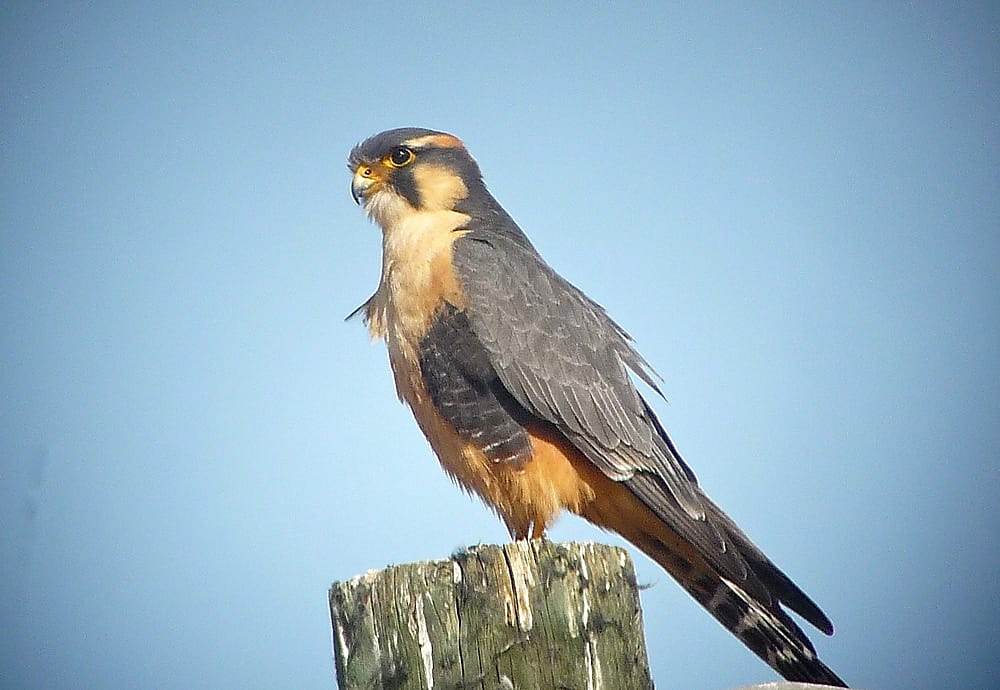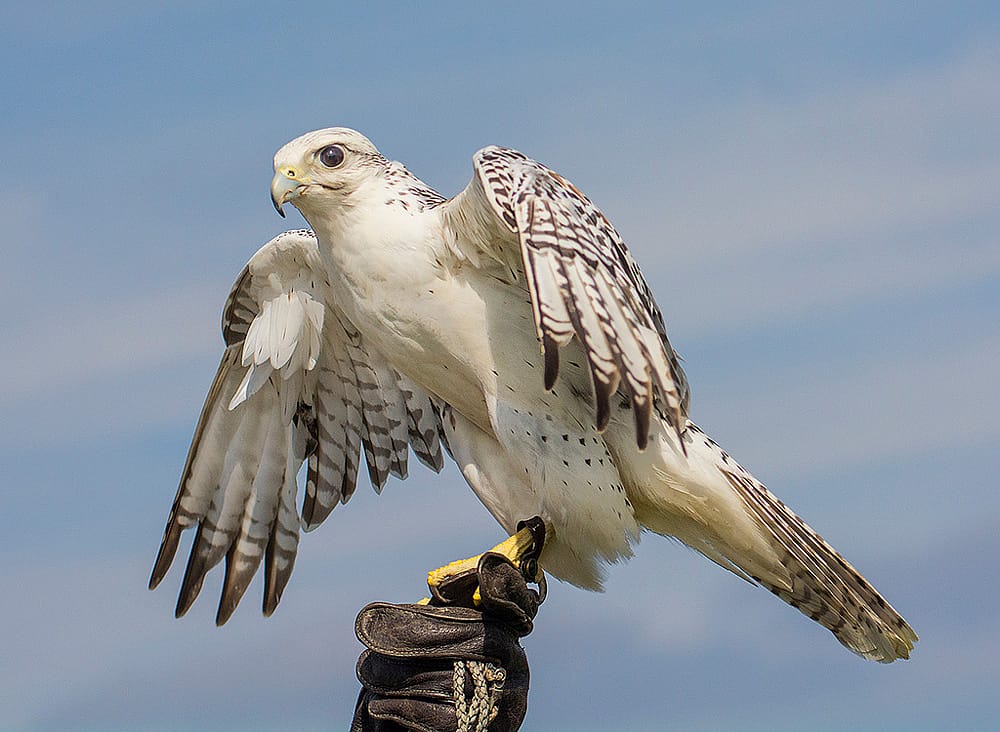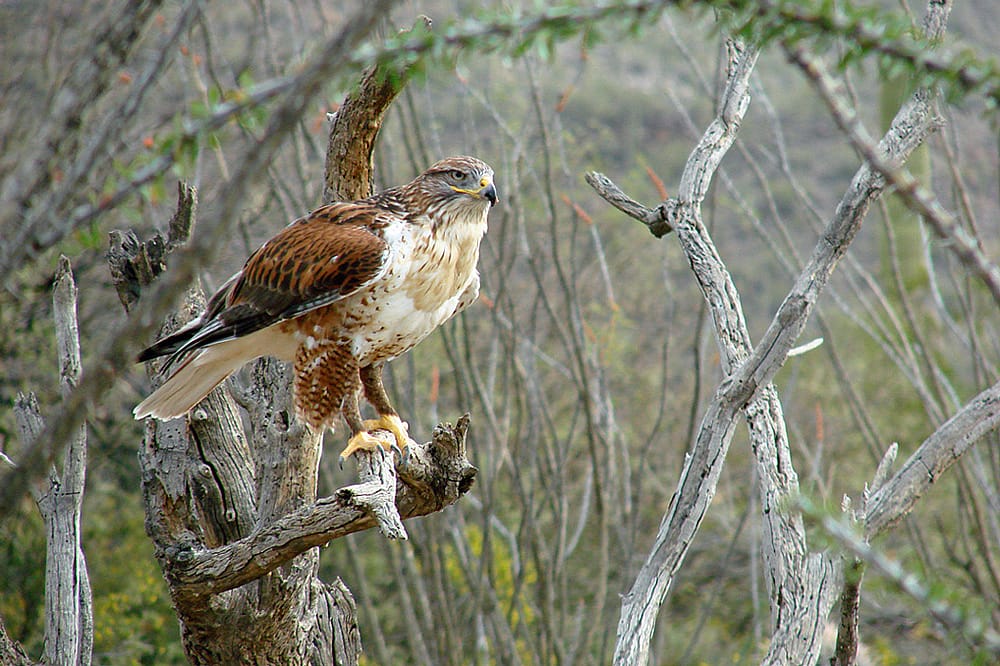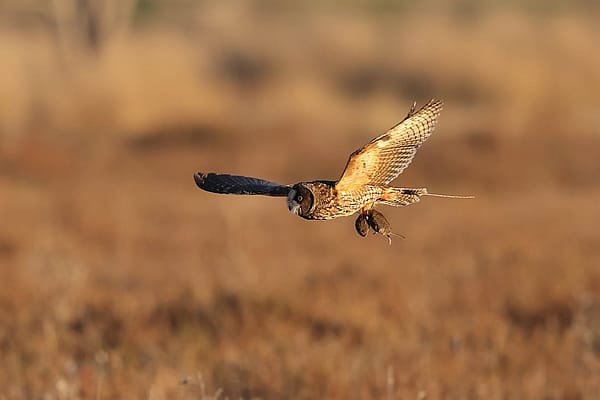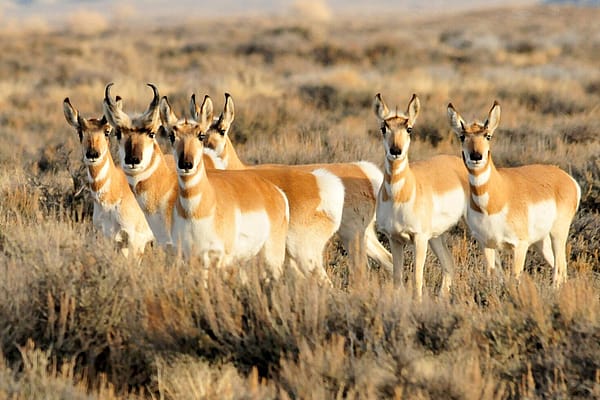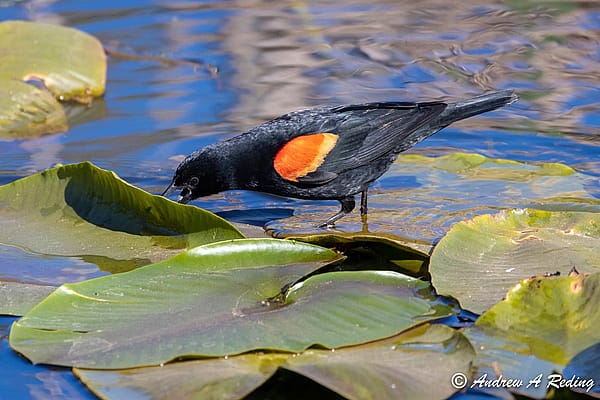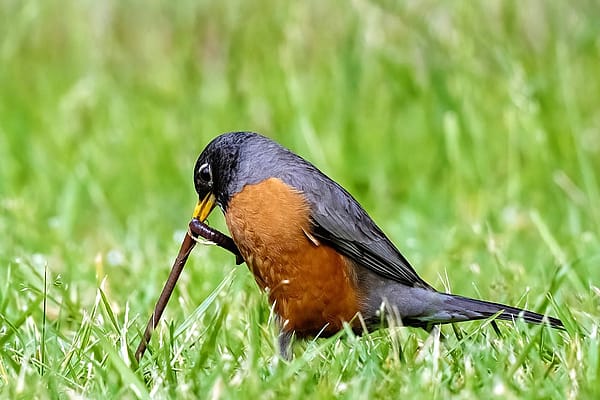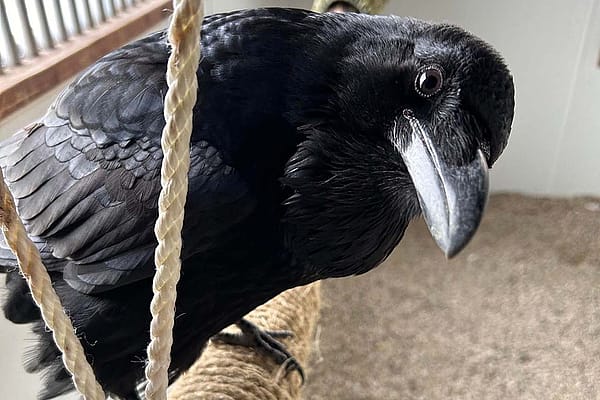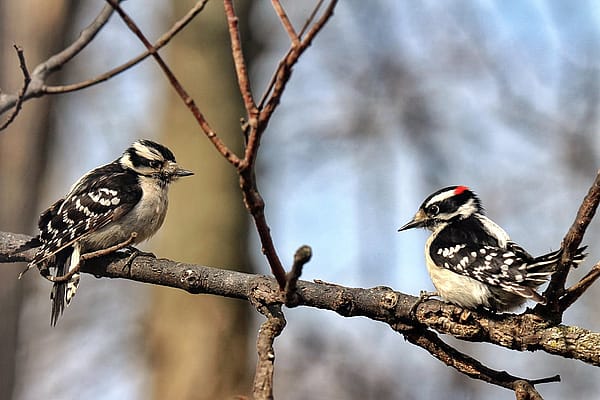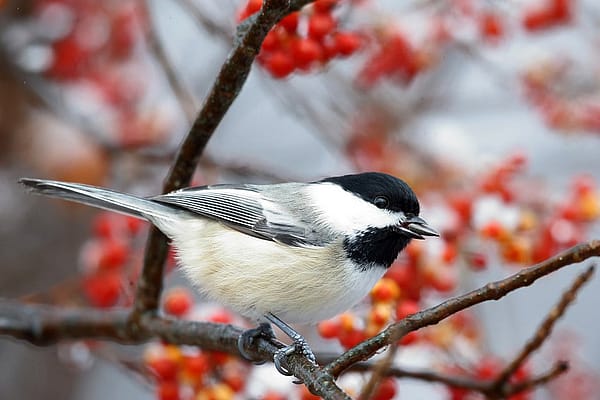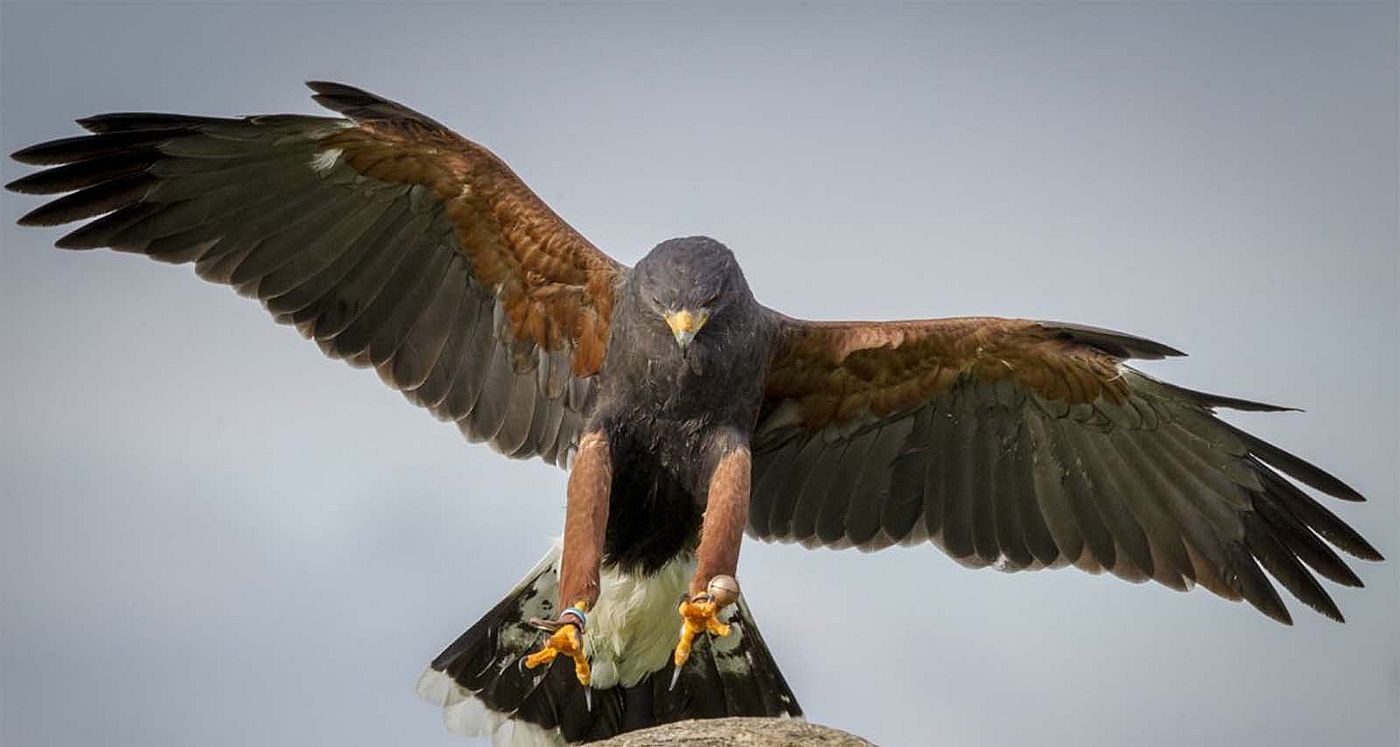
What’s On Your Bird Bucket List?
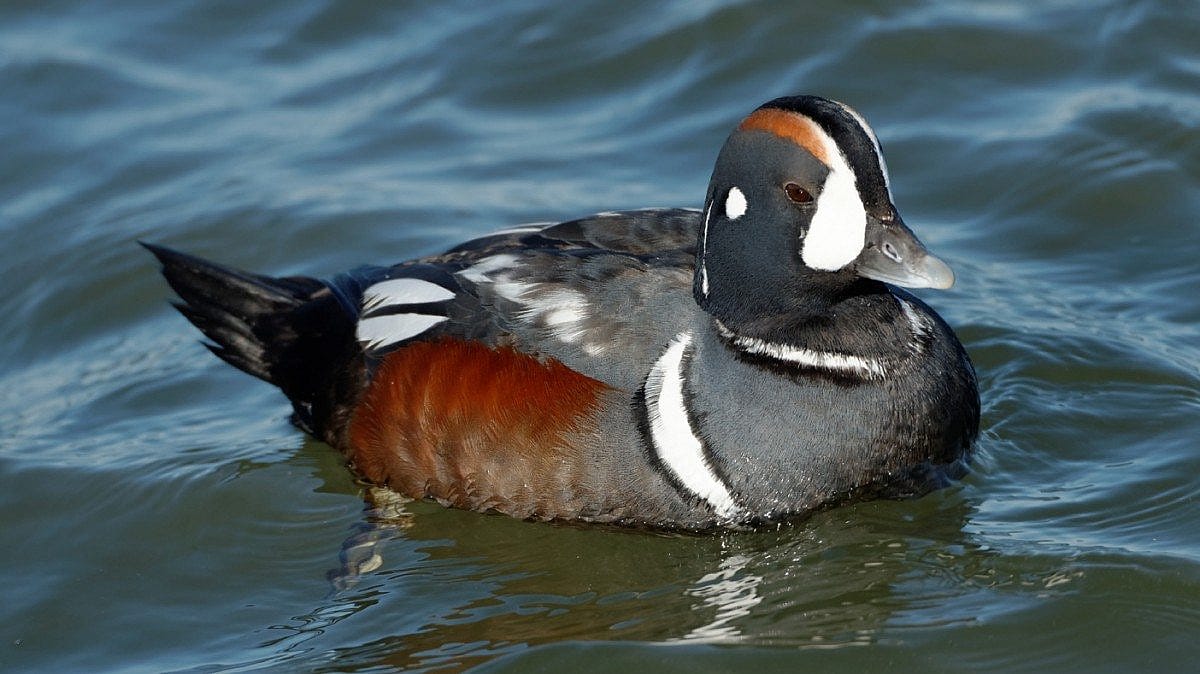
If you like birds (even if you aren’t an avid bird watcher), there are probably a few species that you haven’t seen in the wild, but would like to. My Bird Bucket List (BBL) has changed over the years, not just because I have seen some of the birds on my list, but because my interests and activities have changed. When we used to spend time each summer living on a sailboat along the wilderness islands of Ontario, I had different birds on my list than I do now that I have become a bird handler. You will see this has heavily impacted my list.
In this blog I post will share the top five on my Bird Bucket List, with brief information about each. I would love it if you would consider this topic and share birds you would like to someday see in the wild.
#1 Harris Hawk: This may seem to be a strange bird to have on a BBL, as I have seen a lot of these in captivity. They are very popular with bird programs and falconers. Having said this, Harris Hawks are my favorite hawk – mostly due to their very interesting life style. I find it very intriguing that, unlike other hawks I have knowledge of, these hawks hunt together in a cooperative manner. I would be thrilled to see one pass overhead. I would really love to see one perched and I would be ecstatic if I saw a group “stacked” – these birds actually stand on top of each other if there aren’t enough perches! Harris Hawks are not found in Wyoming but live in the southwestern United States where we occasionally spend a month with our fifth wheel. I always keep my eyes peeled when I am in an area they may be seen. So far, though, I have been disappointed.
Check out this video of a group of Harris Hawks killing a jackrabbit: https://www.youtube.com/watch?v=Ai3eVjr0Pzg
#2 California Condor: This bird is actually tied for #1 on my BBL with Harris Hawks and is another bird I have seen in captivity. Condors and other vultures are incredibly helpful to humanity. They help to clean up our environment and aid in stopping the spread of diseases. The California Condor is the largest bird in North America. Can you imagine how awesome it would be to see one or more of these birds flying over head with their potential nine-and-a-half-foot wing span? As the condor is an endangered species, I would be very lucky to see one of these in the wild. I might be able to see one in areas of California, Arizona, southern Utah, Baja, and Mexico. If I ever visit the Grand Canyon again, I could increase my chances as it is one of the areas where these birds have been released back into the wild.
#3 Aplomado Falcon: This bird is a very rare bird in the US. In reality, I would be happy to even see this bird in captivity. (Did you notice the jesses on this one?) Of the six falcons in North America, this is the rarest. Like Harris Hawks, Aplomado Falcons will hunt together as pairs or in family groups, working together to pursue or flush out their prey. At one time this falcon could be found in Arizona, New Mexico, and Texas, but after 1952, there were no known Aplomado Falcons nesting in the United States.
Placed on the Endangered Species List in 1986, The Peregrine Fund began experimenting with captive breeding at their World Center for Birds of Prey in Idaho. In the 1980s, chicks that were produced at the center were transported to Texas for release. As a result, there is once again a breeding population of around 44 pairs of Aplomado Falcons in southern Texas. Recently a few have been reported in New Mexico. With a small population in the wild, I would be very lucky to be in the right place at the right time in order to observe one of these.
#4 Gyrfalcon: The Gyrfalcon is the largest falcon in the world and is highly prized by falconers. I would, however, be very lucky to see one in the wild, due to their range. Gyrfalcons breed in arctic and subarctic regions of the northern hemisphere. They do migrate farther south during the non-breeding season and, depending on the source of range maps I have seen, when prey is scarce farther north they may even on very rare occasions venture into Wyoming. Because they are so rare in our area, it is doubtful that I will ever be lucky enough to observe one in the wild.
#5 Ferruginous Hawk: I never actually thought much about this hawk until I saw a captive Ferruginous Hawk at the Arizona-Sonora Desert Museum in Tucson, Arizona, three years ago. This hawk was so beautiful! Its scientific name is Buteo regalis, and it really is a regal looking hawk. If I am lucky, I might actually be able to see this hawk someday as, though rare in the Cody area, the ferruginous may be commonly found in other areas of Wyoming. Of the Buteo hawks that reside in Wyoming, this is the largest. While soaring, these hawks may turn into the wind and hover in place as they hunt. They will also often hunt on the ground. According to the North American Breeding Bird Survey, Ferruginous Hawk numbers in the U.S. are stable or even slightly increasing, so I am going to keep looking for a large bird with rusty (ferruginous) shoulders and legs, and a large, bright yellow “gape” to its mouth.
So, what birds are on your Bucket List?
Photo Credits
Photo of Harlequin Duck by Ellen & Tony, Attribution, Noncommercial, NoDerivatives License https://www.flickr.com/photos/65854329@N05/
Photo of Harris Hawk by Phil Fiddes, Attribution License https://www.flickr.com/photos/philjose1878/
Photo of Aplomado Falcon by Brian Washburn, Attribution License https://www.flickr.com/photos/bgwashburn
California Condor photo by Don Graham, Attribution License https://www.flickr.com/photos/23155134@N06/
Photo of Gyrfalcon by Bill Gracey Non-commercial Attribution License https://www.flickr.com/photos/9422878@N08/
Written By
Anne Hay
Anne Hay has a Bachelor's degree in Elementary Education and a Master's in Computers in Education. She spent most of her working years teaching third grade at Livingston School in Cody, Wyoming. After retiring she began doing a variety of volunteer work for the Buffalo Bill Center of the West’s Draper Natural History Museum. Anne loves nature and has a concern for the environment. She believes that educating the public, so that they will have a better understanding and appreciation for the natural world, is very important. Because of this belief, volunteering at the Center is a perfect fit. She spends time in the Draper Lab, observing eagle nests for Dr. Charles Preston’s long-term research project on nesting golden eagles, writing observation reports of raptor sightings in the Bighorn Basin, and working with the Draper Museum Raptor Experience. Anne states that, “Having a bird on my glove, is one of my all time favorite things in life.”

